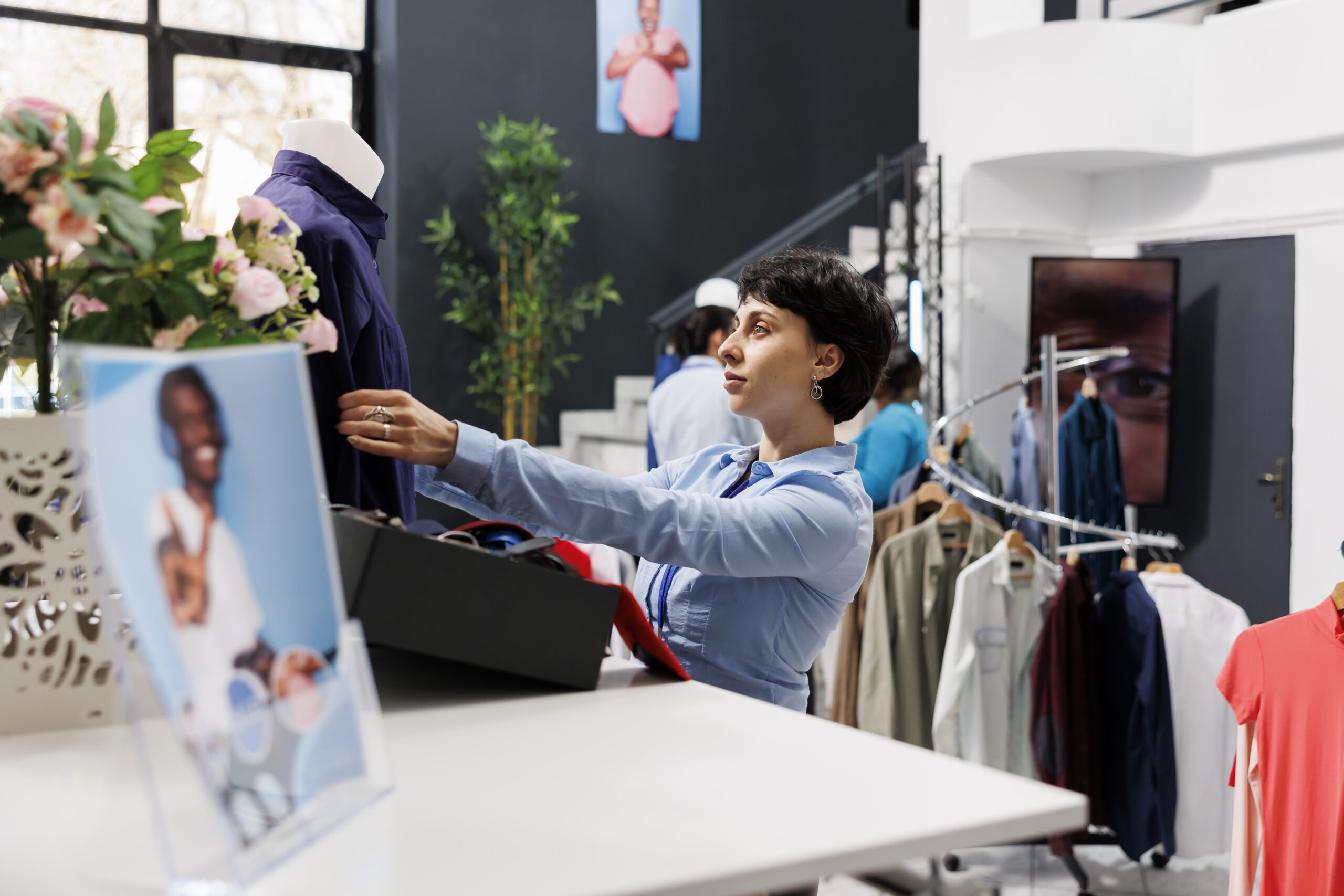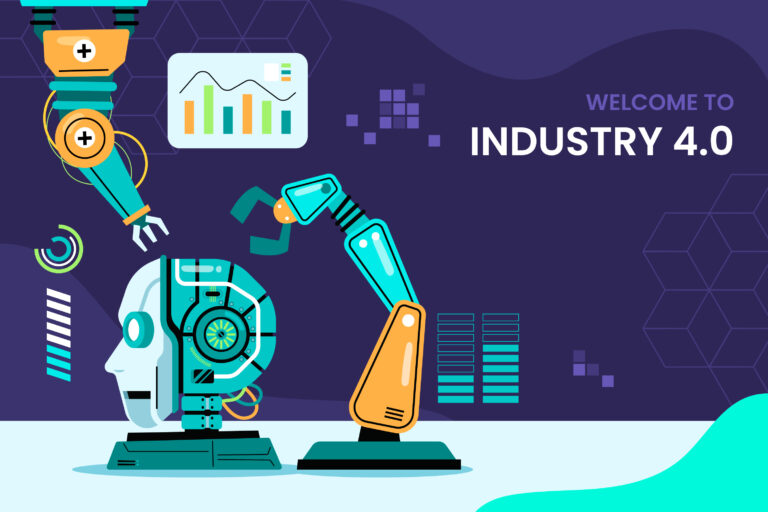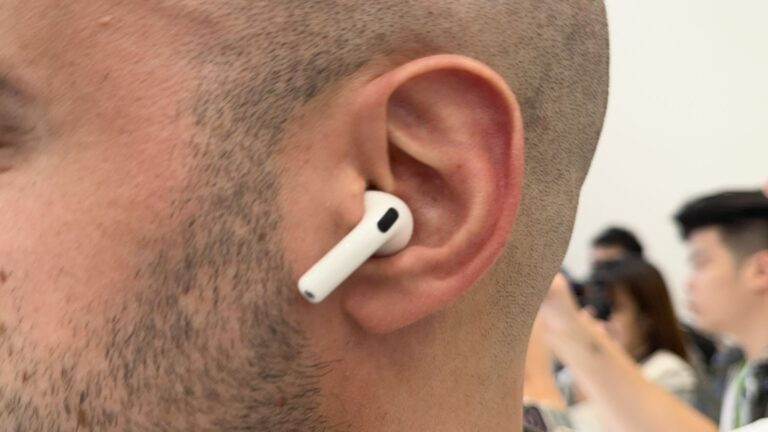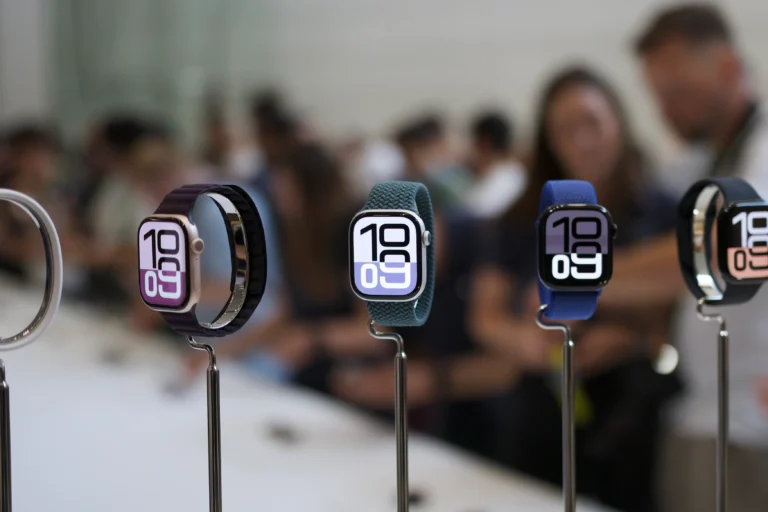How Technology is Revolutionizing the Retail Sector
The retail sector is undergoing a massive transformation, driven by rapid advancements in technology. From enhancing the shopping experience to streamlining operations, technology is reshaping how retailers and consumers interact. Let’s explore the various ways technology is revolutionizing the retail sector and what it means for businesses and shoppers alike.
Enhancing the Shopping Experience
One of the most visible impacts of technology in retail is the enhanced shopping experience. Technology has made shopping more convenient, personalized, and engaging.
Online Shopping and E-Commerce
Online shopping has grown exponentially, thanks to the rise of e-commerce platforms. Consumers can now browse and purchase products from the comfort of their homes, with just a few clicks. Websites and mobile apps offer a vast array of products, often with detailed descriptions, reviews, and recommendations that help shoppers make informed decisions.
Augmented Reality (AR) and Virtual Reality (VR)
AR and VR are transforming the way consumers interact with products. AR allows customers to visualize how products will look in their homes or how clothes will fit, all through their smartphones. For instance, furniture retailers use AR apps to let customers see how a sofa would look in their living room. VR, on the other hand, offers immersive shopping experiences, such as virtual store tours or trying on clothes in a virtual fitting room.
Personalized Shopping
Personalization is a key trend in retail, and technology plays a crucial role in delivering customized experiences.
Artificial Intelligence (AI) and Machine Learning
AI and machine learning analyze customer data to provide personalized product recommendations. For example, when you shop on Amazon, the platform uses AI to suggest products based on your browsing history and previous purchases. This level of personalization increases customer satisfaction and drives sales.
Chatbots and Virtual Assistants
Chatbots and virtual assistants provide instant customer service, answering queries, and offering product recommendations. These AI-powered tools can handle multiple customers simultaneously, providing quick and efficient support around the clock.
Streamlining Operations
Technology is not only enhancing the customer experience but also streamlining retail operations.
Inventory Management
Advanced inventory management systems use AI and IoT (Internet of Things) to monitor stock levels in real-time. These systems predict demand, optimize stock levels, and prevent overstocking or stockouts. This ensures that products are always available when customers want them, reducing lost sales and improving customer satisfaction.
Supply Chain Optimization
Technology is improving supply chain efficiency through real-time tracking and data analytics. Retailers can monitor the movement of goods, predict delays, and optimize routes to ensure timely deliveries. This reduces costs and improves the reliability of the supply chain.
Contactless Payments
The way we pay for goods and services has changed dramatically with the advent of contactless payments. Mobile payment solutions like Apple Pay, Google Wallet, and contactless credit cards offer a fast, secure, and convenient way to complete transactions. This technology has become even more crucial during the COVID-19 pandemic, as it minimizes physical contact and enhances safety.
Omnichannel Retailing
Omnichannel retailing integrates various shopping channels, providing a seamless experience for customers. Whether they shop online, in-store, or through a mobile app, customers enjoy a consistent and cohesive experience.
Click-and-Collect Services
Click-and-collect services allow customers to order products online and pick them up in-store. This combines the convenience of online shopping with the immediacy of physical stores. Retailers like Walmart and Target have successfully implemented click-and-collect services, catering to the growing demand for flexible shopping options.
Integrated Customer Data
Omnichannel retailing leverages integrated customer data to provide a unified shopping experience. Retailers can track customer interactions across different channels, offering personalized recommendations and targeted promotions based on their preferences and behavior.
Sustainability and Ethical Shopping
Technology is also driving sustainability and ethical shopping practices.
Eco-Friendly Packaging
Innovations in packaging technology are reducing the environmental impact of retail. Biodegradable materials and reusable packaging options are becoming more prevalent, catering to environmentally conscious consumers.
Transparent Supply Chains
Blockchain technology provides transparency in supply chains, allowing consumers to trace the origin of products. This transparency ensures that products are ethically sourced and produced, building trust and loyalty among consumers who prioritize sustainability and ethical practices.
The Future of Retail
As technology continues to evolve, the retail sector will keep transforming in exciting ways. Emerging technologies like AI, AR, VR, and blockchain will further enhance the shopping experience, streamline operations, and promote sustainability.
In conclusion, technology is revolutionizing the retail sector, creating a more convenient, personalized, and efficient shopping experience. From online shopping and personalized recommendations to streamlined operations and sustainable practices, technology is shaping the future of retail. As retailers embrace these innovations, they will be better equipped to meet the evolving needs and expectations of consumers, paving the way for a brighter, more connected future in retail.






